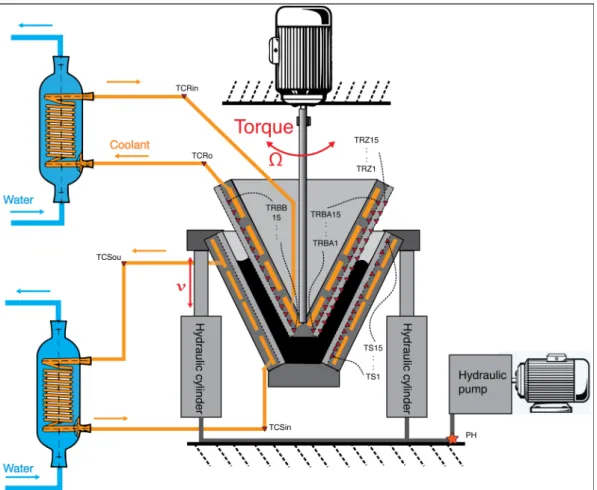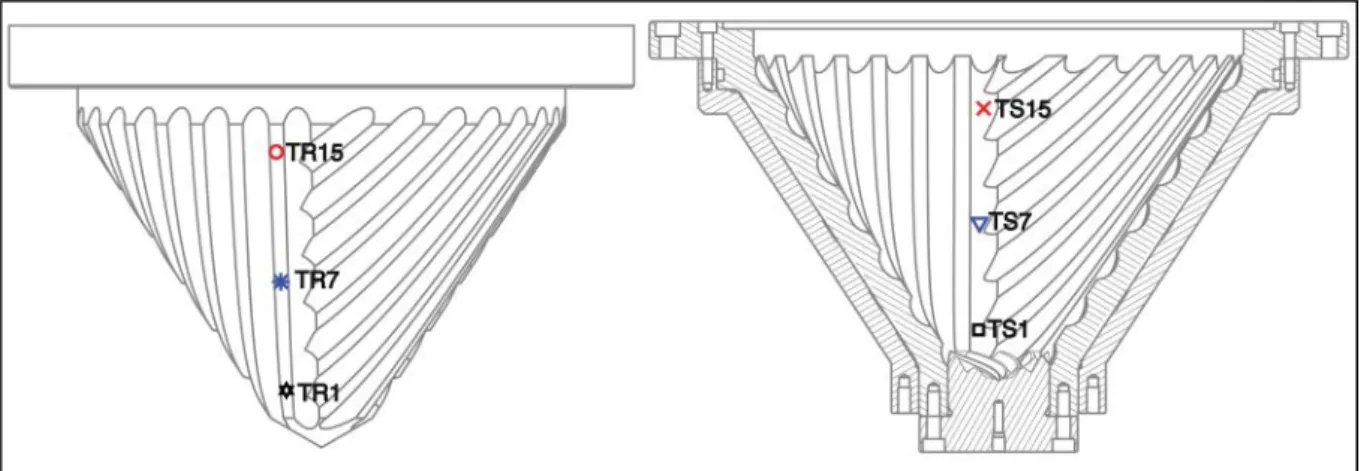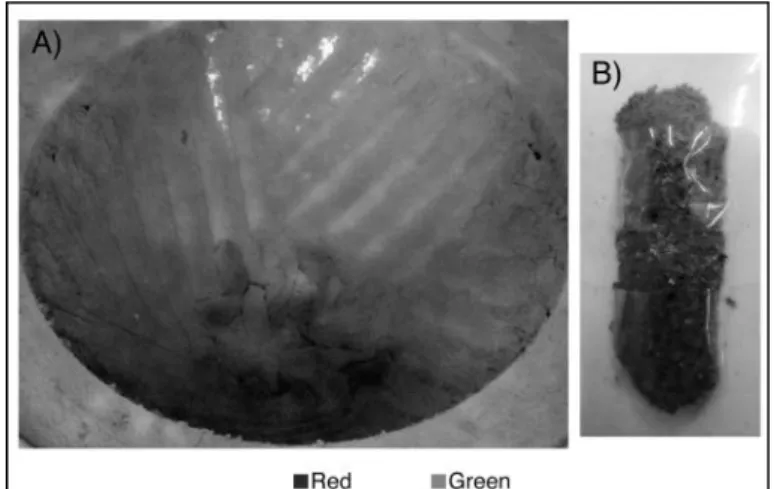Thermo-mechanical recycling of rubber: Relationship between material properties and specific mechanical energy
Texte intégral
Figure




Documents relatifs
The aim of the study is to combine the evaluation of the dissipated energy, based on thermal measurements, with the evolution of the crack population, evaluated from
Classic strain amplitude sweeps were first carried out at two different tem- peratures (ambient and 80 °C) on both filled and unfilled nitrile rubber specimens in order to observe
Nevertheless, whole genome sequencing of cassava is currently in progress, and because a strong synteny between rubber tree and cassava genomes is expected, the sequence alignment
Filling these research gaps is of crucial practical importance since productivity growth in rubber agroforests depends on adaptation of higher-yielding planting
Addition of 0.5 mL boron trifluoridemethanol (14% solution, Sigma Chemical Co., Saint Louis, Missouri), heated at 60 ◦ C for 30 min, formed methyl esters from the fatty acids.. The
Or, à l’heure actuelle, hormis les déchets de pneumatiques et, dans une moindre mesure, les autres déchets caoutchoutiques issus de véhicules, les gisements de déchets
Thus, this research aims to evaluate economic gain by calculating the Return Over Investment (ROI) and the environmental gain through the Mass Intensity Factor (MIF) methodology in
Combining displacement, strain, temperature and heat source fields to investigate the thermomechanical response of an elastomeric specimen subjected to large deformations,





